
After More Than 100 Years, A Very Rare Dwarf Kingfisher Bird Has Been Captured On Camera
An exceptionally elusive bird that was first documented back in 1890 has as of late been gotten on camera, over a century after it was first documented..

An exceptionally elusive bird that was first archived back in 1890 has as of late been gotten on camera, over a century after it was first archived. The dwarf kingfisher, which is native to the south Philippines, has baffled everybody with its intriguing plumage, as the multi-colored bird was first depicted more than a century ago by Prof. Joseph Beal Steere during his Philippines expedition.
The bashful animal, until now, has remained an enigma. After restless endeavors from Miguel David De Leon and his group of researchers from the Robert S. Kennedy Bird Conservancy, the dwarf kingfisher has been photographed out of the blue.
De Leon, a biologist and the director of the Robert S. Kennedy Bird Conservancy, told Esquire Philippines that the organization is a group of eight field laborers and bird photographers that report on birds and habitats. De Leon also added that they contribute information previously unknown to science, with the ultimate objective of preserving species and ecosystems.
It took them almost 10 years until they finally found the elusive dwarf kingfisher and took some shots of them. The group found two nestling destinations at the Mapawa Nature Park in the south of the archipelago, and now, De Leon attempts to archive the behavior of the South Philippine dwarf kingfisher to help with conserving the species.
The group so far has been amazed by their extremely unique call that sounds like a high-pitched, bug-like, and practically inaudible zeeep.
Meet the dwarf kingfisher!
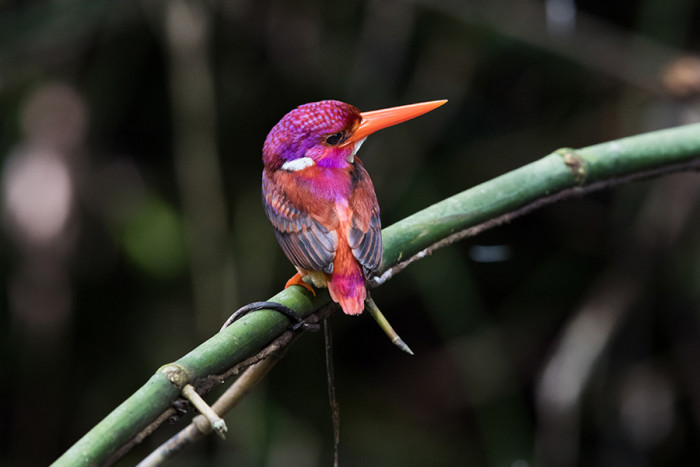 Miguel David De Leon
Miguel David De LeonYou can spot them amongst others...
The oriental dwarf kingfisher is one of the least known kingfisher species, and this little bird is easily recognizable amongst different birds in its range because of its coral red bill, lilac-rufous upperparts, yellow-orange underparts, and blue-dark back.
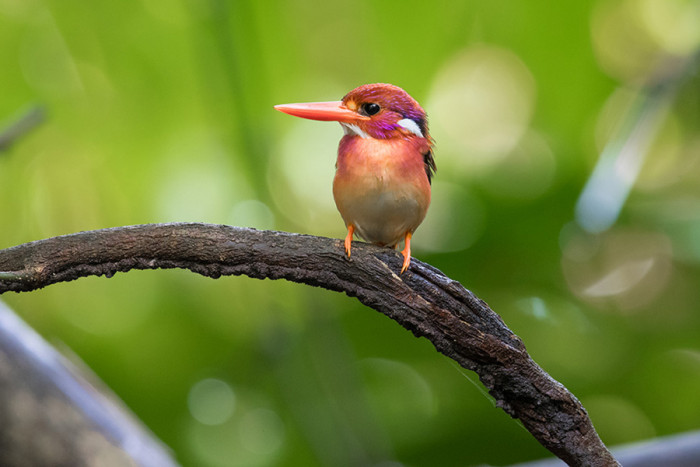 Miguel David De Leon
Miguel David De LeonWith radiating colors...
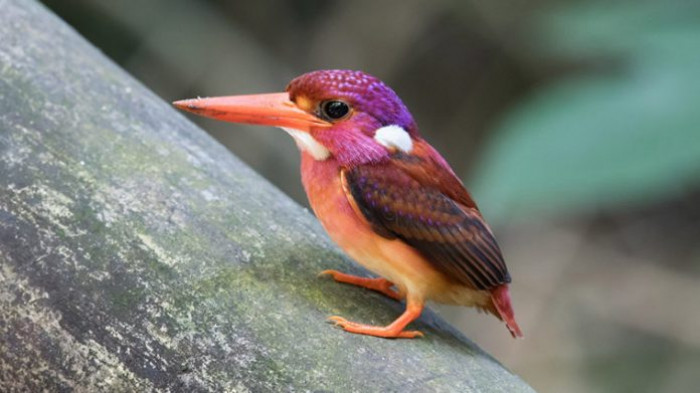 Miguel David De Leon
Miguel David De LeonLoss of habitat, just as in the cases of most wide life species, is also the largest threat to these striking lilac-colored little birds, and the group of researchers attempts to bring these issues to light. Prof. De Leon describes habitat loss as the greatest danger to the decrease or loss of our endemic and native species and that there is more to bird protection than simply birds.
He added that by preserving and securing habitats, we can ensure that we keep intact the cycles of life within the ecosystem.The fantastic bird can be found on the islands of Mindanao and Basilan, but regardless, Prof. De Leon believes the species is on the verge of extinction!
An elusive bird
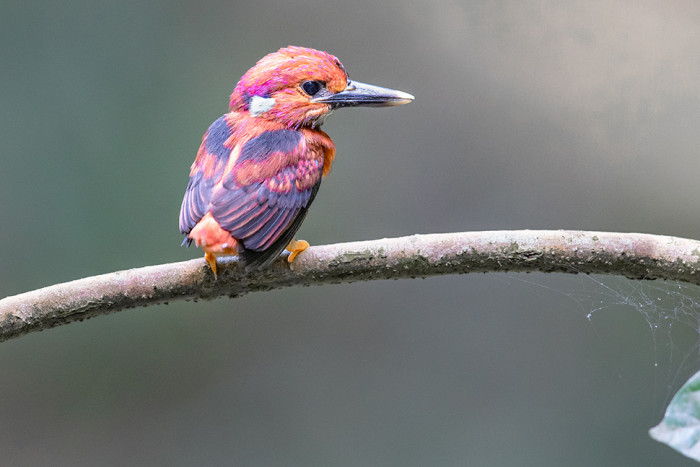 Miguel David De Leon
Miguel David De LeonBelow, you’ll get to watch this beautiful little bird:
Look at those Colors...
A splendidly colored, small forest kingfisher with a dark blue back and wings. The bird has a coral-red dagger bill, legs, and feet with yellow-orange underparts.
The crown, rump, and tail are lilac-rufous, with a dark spot on the forehead and a dark brown iris. The jawline and throat are white, with blue and white patches on the neck.
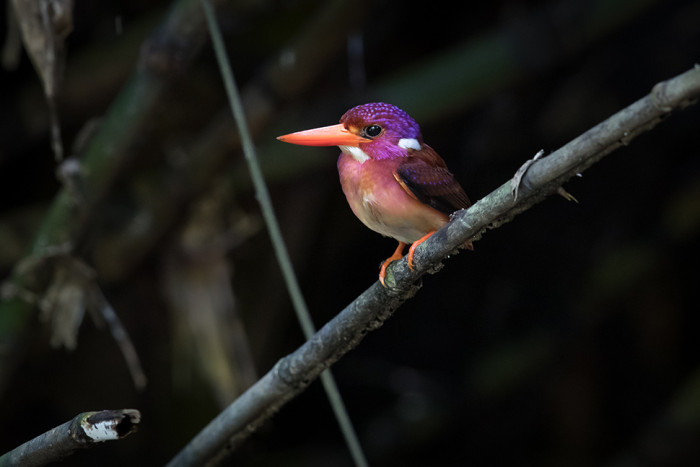 Miguel David De Leon
Miguel David De LeonHey, birdie!
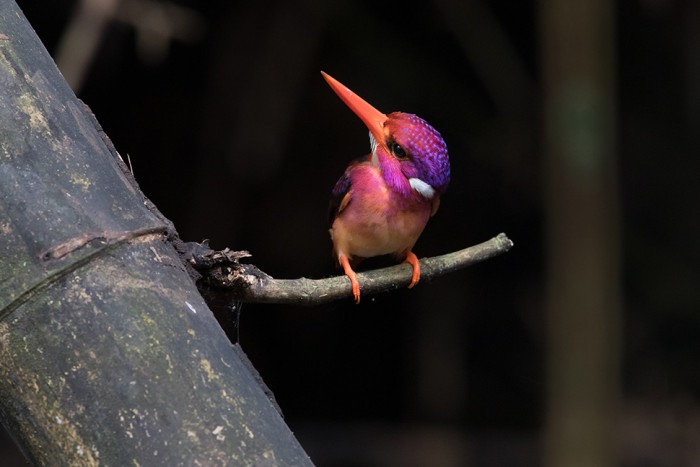 Miguel David De Leon
Miguel David De LeonThey can be found along drying hill streams and frequently away from water sources.
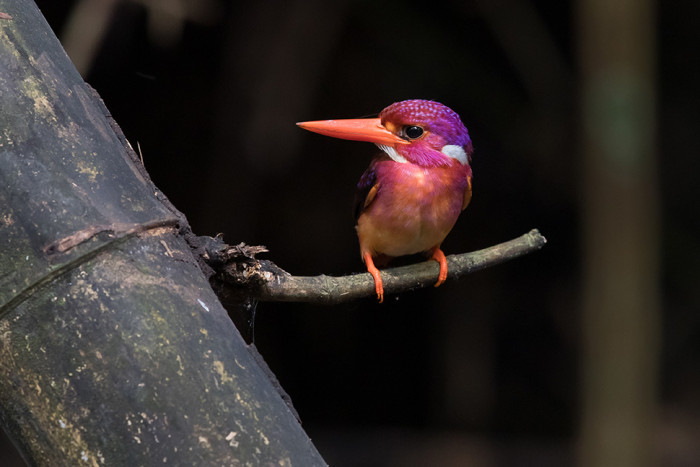 Miguel David De Leon
Miguel David De LeonThe Oriental dwarf kingfisher, otherwise called the three-toed kingfisher or black-backed kingfisher, is a pocket-sized bird in the Alcedinidae family. These birds are normally found in subtropical or tropical soggy rainforests.
This tropical kingfisher is a fractional traveler that is endemic across a significant part of Southeast Asia and the Indian Subcontinent, and its habitat is threatened due to broad lowland deforestation.






